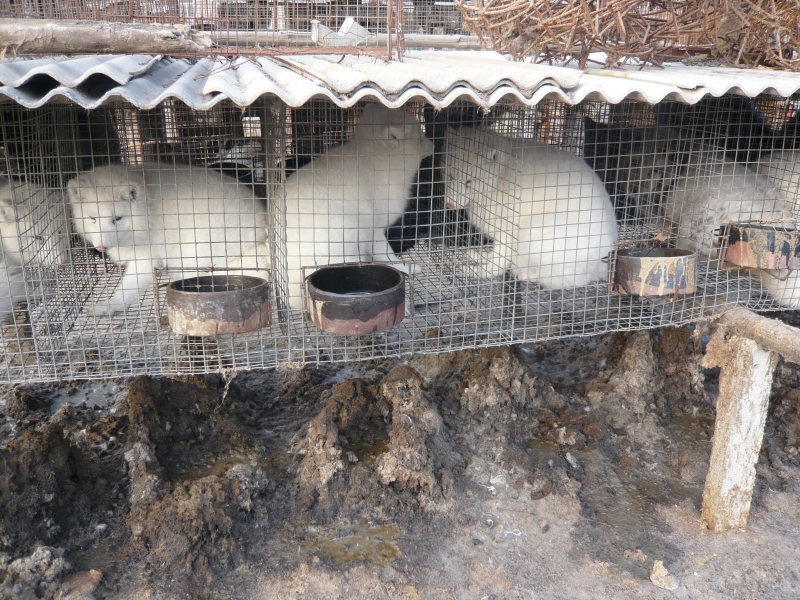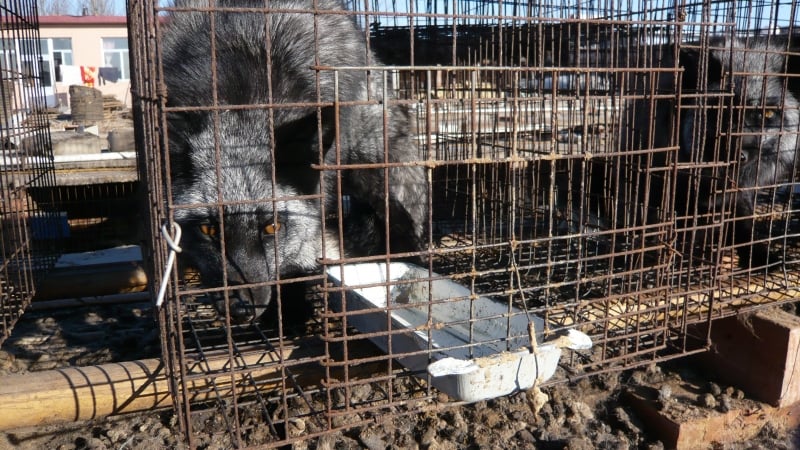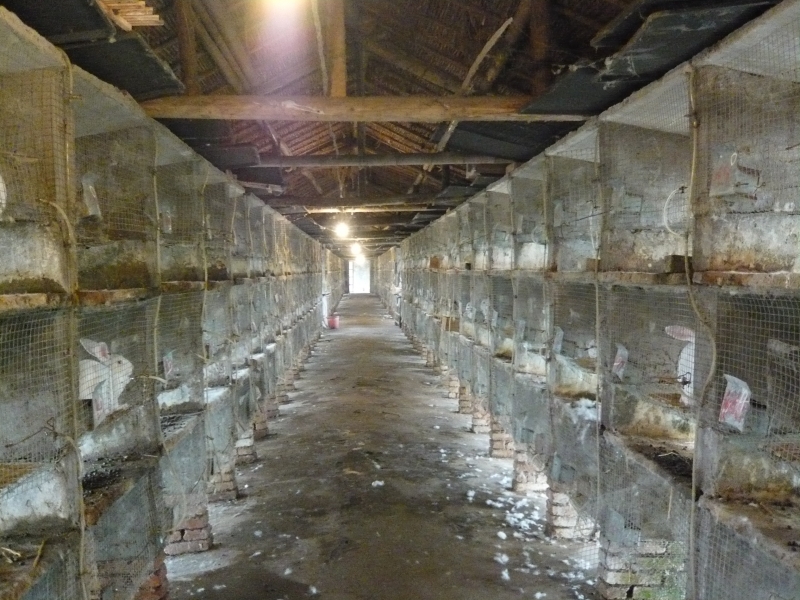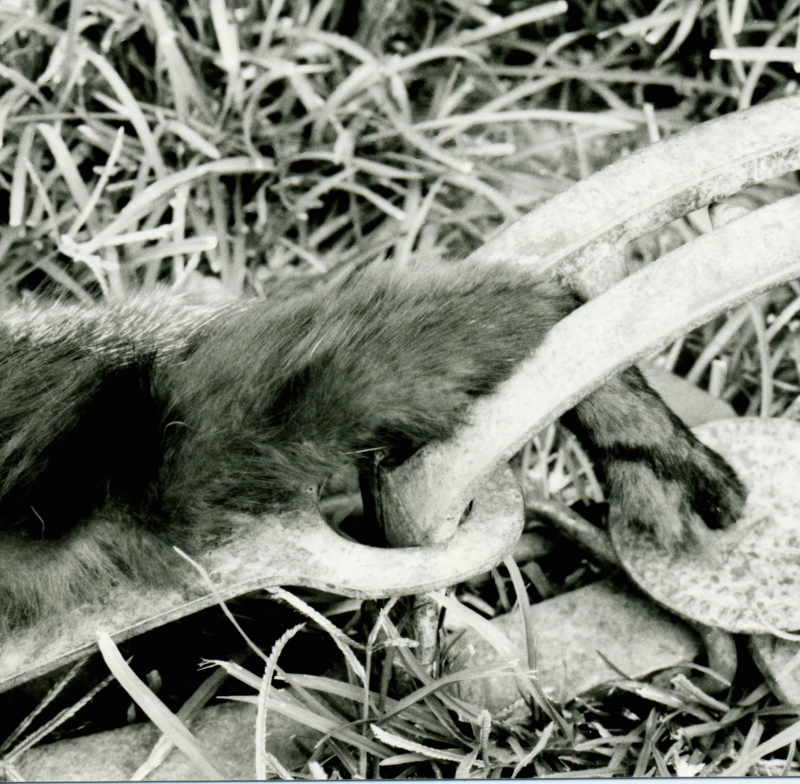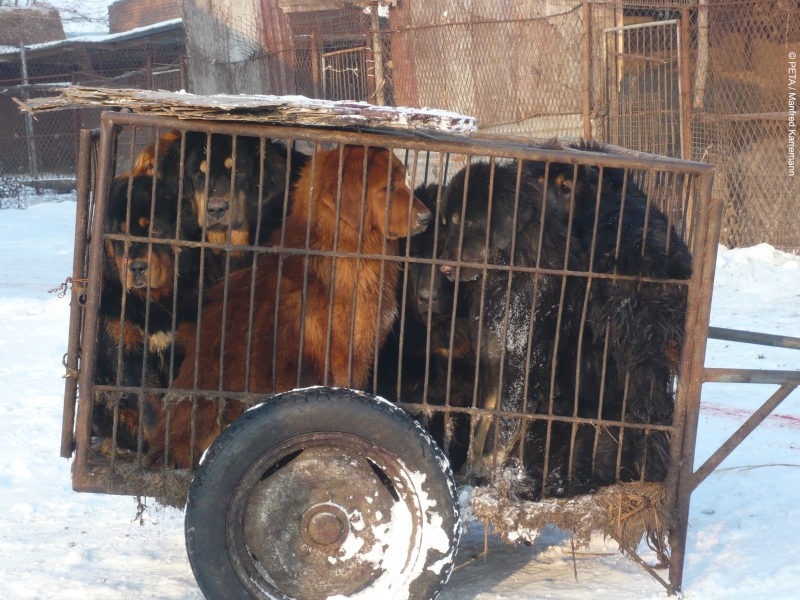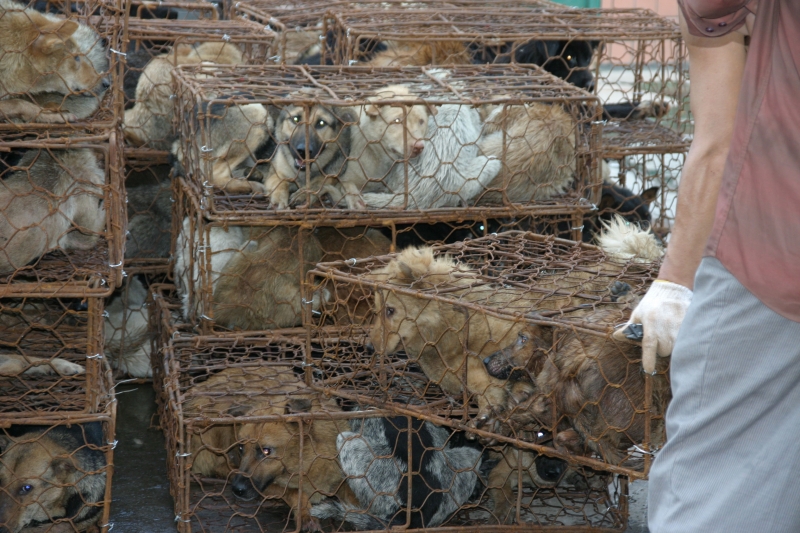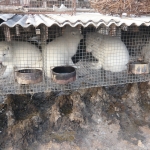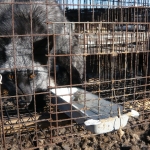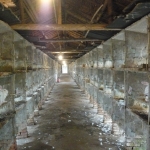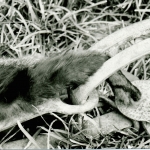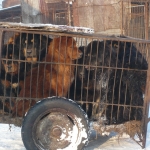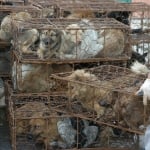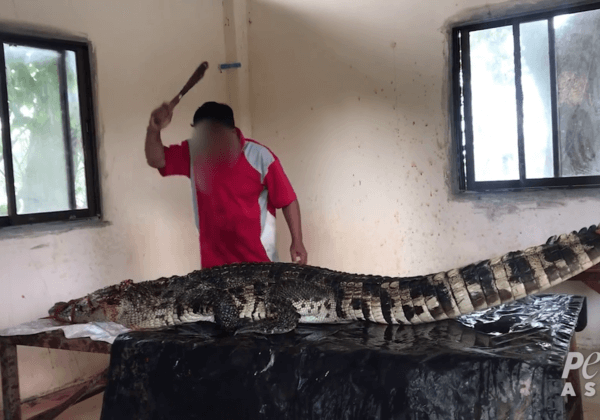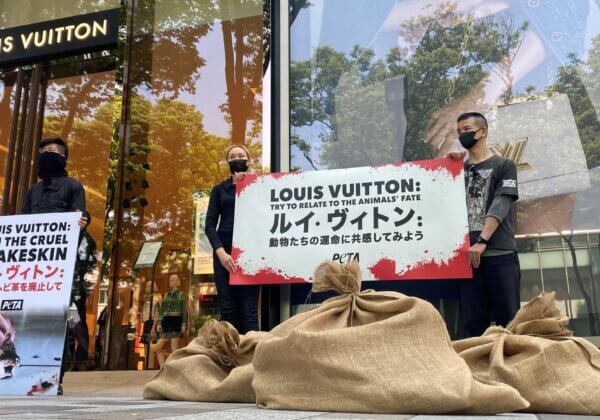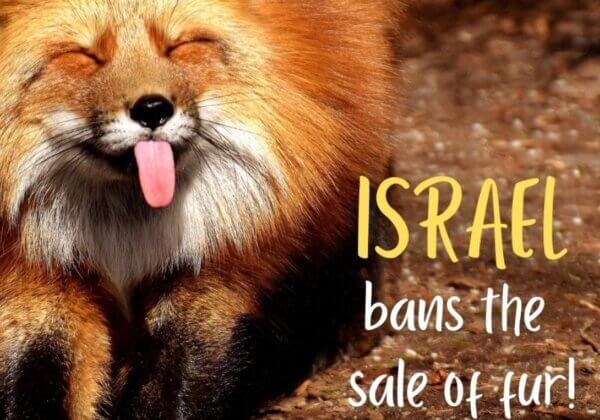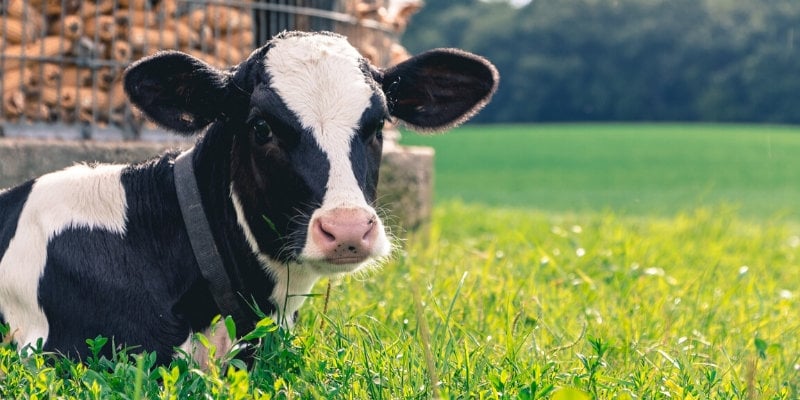Animals Abused and Killed for Their Fur
Whether it came from an animal on a fur farm or one who was trapped in the wild, every fur coat, fur trinket, and bit of trim on a collar caused an animal tremendous suffering—and took away a life.
Farmed or Trapped—Fur Hurts
Eighty-five percent of the fur industry’s skins come from animals living in captivity on fur factory farms. These farms can hold thousands of animals, and just as on other intensive-confinement animal farms, the methods used are designed to maximize profits, always at the expense of the animals.
Animals on fur farms spend their lives in tiny cages that are not big enough for them to take more than a few steps in any direction. Many animals are driven insane from the intensive confinement, leading to cannibalism. Fur farmers often use gruesome methods of killing that cause animals extreme suffering. Electrocution, suffocation, gassing, decompression, and neck-breaking are common, painful methods of slaughter on fur factory farms.
Animals who are trapped in the wild can suffer for days on end before dying from blood loss, shock, dehydration, infection, or being attacked by a predator. In some countries, they may be caught in steel-jaw traps that slam down on their legs, often cutting to the bone, or Conibear traps, which crush their necks and bodies, leading to slow asphyxiation. Beavers, muskrats, and other animals who are caught in water-set traps can struggle for more than nine agonizing minutes before drowning.
Cats and Dogs Killed for Fur in China
Much of the world’s fur comes from China, where millions of animals are slaughtered for their skins every year. Investigations into China’s fur industry have found foxes, minks, rabbits, raccoon dogs—even cats and dogs—and other animals pacing in outdoor wire cages, exposed to everything from the scorching sun to freezing temperatures to driving rain. Disease and injuries are rampant on these farms, and animals driven insane from confinement chew on their own limbs or repeatedly throw themselves against the cage bars.
Millions of dogs and cats are killed for their fur every year in China. They languish in tiny cages, exhausted from being transported for days with no food or water and packed in so tightly that they can’t move. The extreme confinement causes them to fight with each other or lose their minds from stress and exposure.
A PETA investigation into the Chinese fur industry revealed that thousands of animals are piled onto trucks in cages stacked on top of each other. Investigators reported seeing dead cats on top of cages, dying cats and dogs inside cages, and cats and dogs with open wounds. Many of the animals still had collars on, a sign that they were once someone’s beloved companion, stolen to be bludgeoned, hanged, bled to death, or strangled with a wire noose so that their fur could be turned into coats, trim, and trinkets.
The globalization of the fur trade has made it impossible to know where skins originally came from. Even if a fur garment’s label says that it was made in a European country, the animals were likely raised and slaughtered elsewhere—possibly on a fur farm in China, where there are no penalties for abusing animals.
Contrary to fur-industry propaganda, fur production destroys the environment. Furs are loaded with toxic chemicals to keep them from decomposing in the buyer’s closet, and fur production gobbles up precious resources. Producing a fur coat from ranch-raised animals takes up to 20 times as much energy as is needed to produce a luxurious faux-fur coat.
What You Can Do
Compassion is the fashion! There is no need to support cruelty in order to stay warm and look stylish. Vegan furs are available online and in stores everywhere, and PETA continues to work with leading designers and clothing retailers to encourage them to use materials and sell fashions that are exclusively animal-friendly.
Take a stand against cruelty to animals by signing PETA’s fur-free pledge today!

